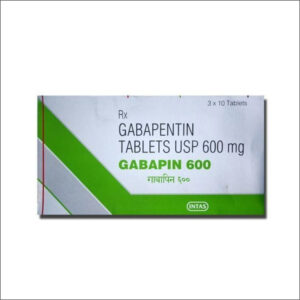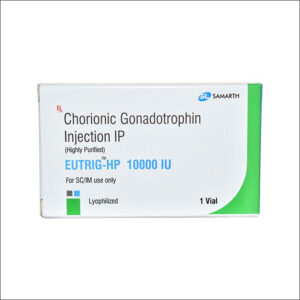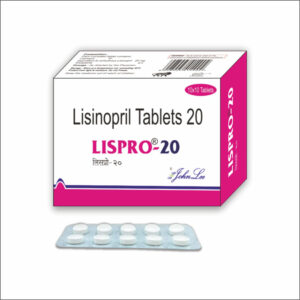What Is MSG and How Does It Work?
Monosodium glutamate (MSG) is a flavor enhancer commonly added to foods to boost their savory taste. Chemically, MSG is the sodium salt of glutamic acid, an amino acid that occurs naturally in many foods like tomatoes, cheese, and mushrooms. While glutamic acid is a naturally occurring component of protein, MSG is the purified, crystallized form that is specifically used to amplify flavor.
MSG works by interacting with one of our basic taste senses known as “umami,” which is often described as a meaty, broth-like, or savory taste. Alongside sweet, salty, sour, and bitter, umami is recognized as the fifth fundamental taste. When MSG is added to food, it binds to specialized glutamate receptors on the tongue, specifically metabotropic and ionotropic glutamate receptors. This interaction triggers a signal to the brain that intensifies the perception of savory flavors, making dishes taste richer and more satisfying without necessarily altering the basic flavor profile of the food itself.
Glutamate component is the key to how MSG functions
The glutamate component is the key to how MSG functions. Our bodies do not distinguish between glutamate naturally present in food and the glutamate in MSG. In fact, glutamate is vital for normal body functioning; it serves as an important neurotransmitter in the brain, helping transmit signals between nerve cells. This similarity has led scientists to confirm that MSG is processed by the body in the same way as natural glutamate.
MSG is produced through a fermentation process, much like that used to make yogurt, vinegar, or soy sauce. During production, natural sources like sugar beets, sugar cane, or molasses are fermented by specific bacteria that convert sugars into glutamic acid. After fermentation, the glutamic acid is neutralized with sodium, resulting in crystallized MSG, which is then purified and packaged.

Efficiency in Enhancing
One of the reasons MSG is so widely used is its efficiency in enhancing flavor without adding extra calories, fat, or sugar. It allows manufacturers and chefs to lower the amount of sodium in food because MSG contains about one-third the amount of sodium as table salt by weight. In practice, small amounts of MSG can replace a significant portion of salt without compromising flavor, making it a useful tool in creating healthier food products.
Surrounded by controversy
Despite its broad usage, MSG has been surrounded by controversy. In the late 1960s, reports of a condition termed “Chinese Restaurant Syndrome” — which included symptoms like headaches, flushing, and numbness — began to circulate. Some people claimed these symptoms were linked to MSG consumption, particularly after eating at Chinese restaurants. However, numerous scientific studies conducted since then have failed to find consistent evidence that MSG causes these reactions in the majority of people. The U.S. Food and Drug Administration (FDA) and other health organizations such as the World Health Organization (WHO) have classified MSG as safe for consumption. Although a small subset of people may experience mild and short-lived symptoms after consuming very large amounts, MSG is considered safe when consumed in typical amounts found in food.
Conclusion
In culinary practice, MSG is found in a wide variety of processed foods such as canned soups, frozen dinners, snack foods, instant noodles, and seasoning mixes. It is also a staple ingredient in many Asian cuisines, where it is used to enhance soups, stir-fries, and broths. Some chefs even use it in fine dining to subtly boost the depth of flavor in complex dishes.
Overall, MSG is a powerful tool for enhancing umami flavor, offering benefits both in professional kitchens and the food manufacturing industry. It works by tapping into the natural human craving for savory tastes, making food more appealing and satisfying. While its reputation has been the subject of debate, modern research confirms that MSG is safe for the general population and can be enjoyed as part of a balanced diet.






